Far from the aisles of Halloween candies, past the long queues for haunted houses, and miles away from the kitschy costume stores, many different varieties of winter squash are happily growing into bulbous beauties.

While we can’t hide our excitement for candy corn, caramel-coated apples, and chocolate bars this fall season, we’re also looking forward to the various types of hard-skinned squash we can enjoy in all their natural splendor.
And the recipes we can make with them!
Starting with the basics, a simple preparation of homemade pureed squash can be seamlessly incorporated into many dishes.
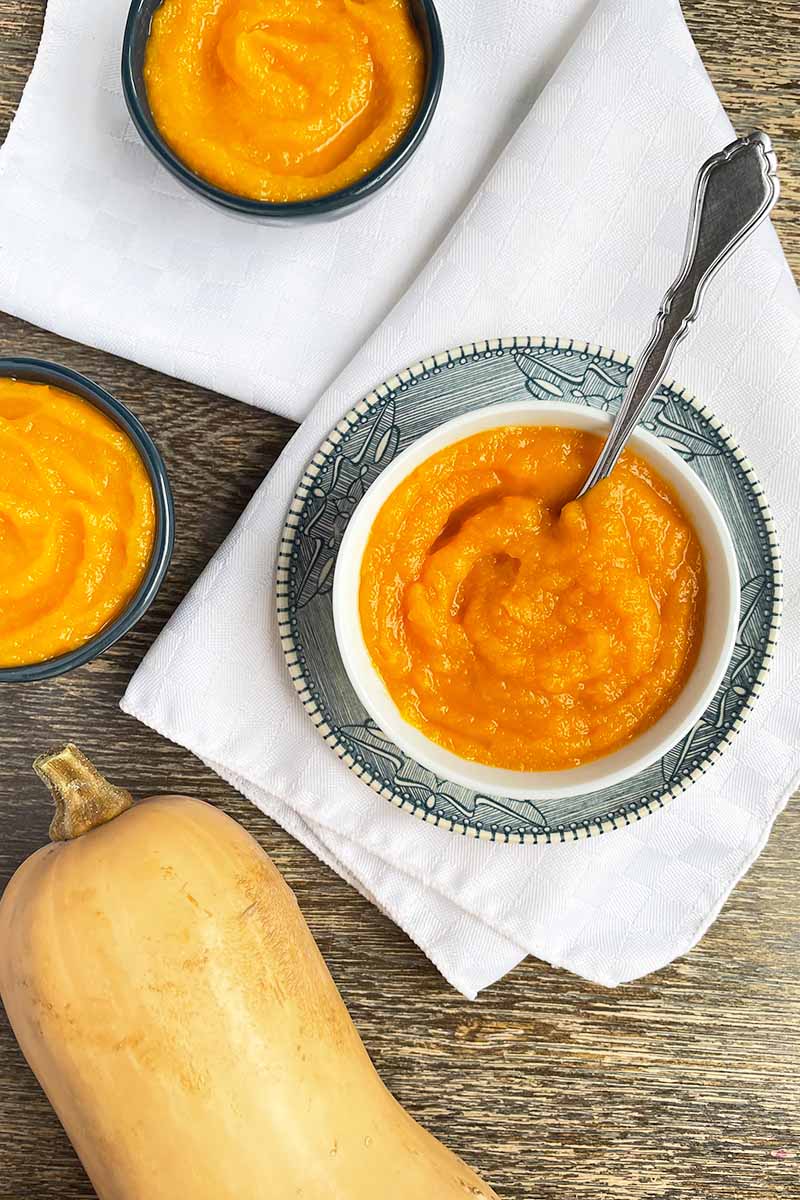
Pureed pumpkin often wears the crown in the realm of fall favorites, but we’re giving another variety the fame and glory it deserves to illustrate this basic how-to method today: homemade pureed butternut squash!
With a similar texture to pumpkin, butternut squash can be pureed just as easily into a smooth and thick mixture with a bright orange color. And our method of roasting and blending works for any winter variety, from kabocha and hubbard to acorn, delicata, sweet dumpling, and more.
Because the flavor is not as pronounced as that of pumpkin, butternut offers a subtly sweet lightness to recipes. You can use it in so many applications all fall and winter long: in soups, sauces, desserts, and so on.
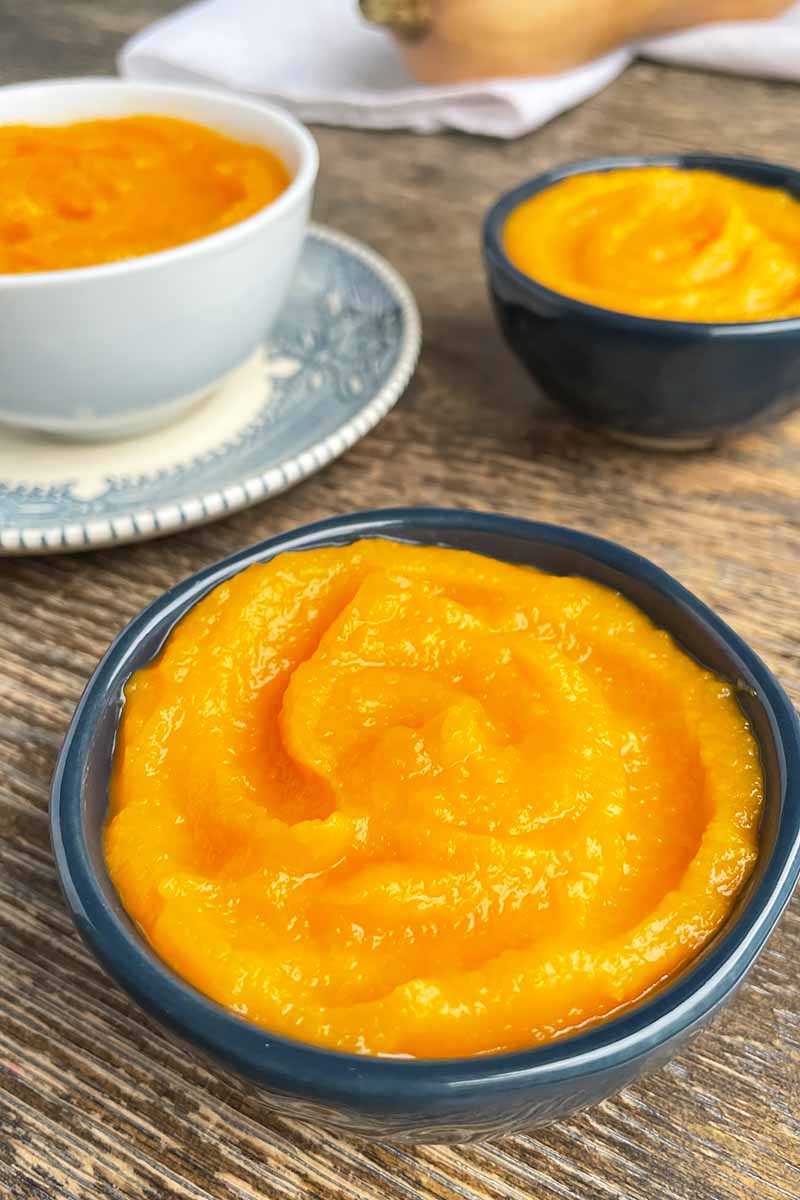
Some types have less body, a slightly stringier texture, a less sweet and more vegetal taste, or a higher water content. And they come in different shapes and sizes as well. But for whatever type of roasted winter squash puree you need to add to your meals, this is sure to become your go-to method.
Read our step-by-step guide now so you can learn how to roast and blend this fruit’s (yes, it’s a fruit!) vibrant, perfectly caramelized flesh into a velvety smooth puree.
What You’ll Learn
How to Make Winter Squash Puree
With about 10 minutes of prep and an hour of cooking time, you’ll have a smooth and flavorful homemade puree!
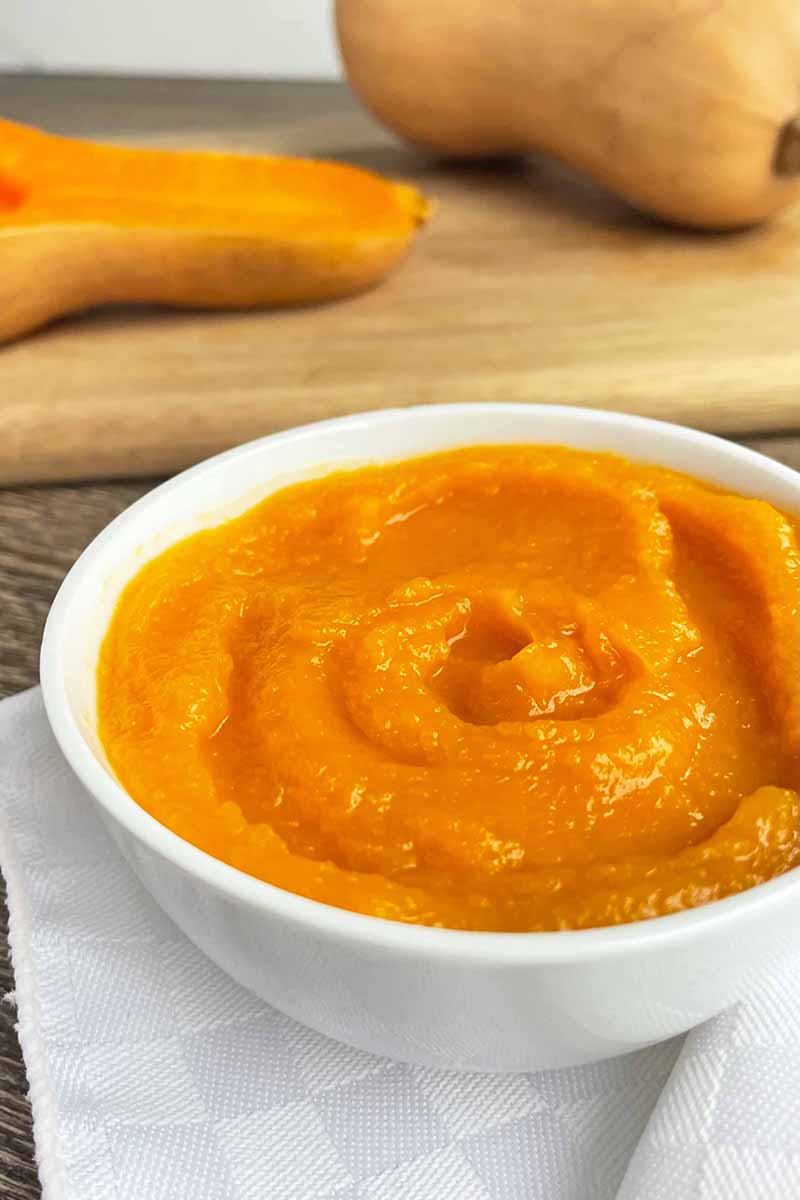
To produce about 1 1/2 to 2 cups of puree that’s ready to use in recipes, you will need about 2 pounds of squash. Depending on the size and variety you choose to use, you may need to use just one or roast multiple squash at a time.
In the following step-by-step tutorial, we will be using butternut squash as our main example illustrated in the photos. By applying the same techniques and methods, along with a few timing adjustments, you can easily substitute your favorite winter variety.
Ready to get started? Let’s begin!
Step 1 – Gather and Prep
Preheat your oven to 350°F. Position the rack in the center of the oven. A moderate oven temperature will ensure that your chosen variety of winter squash will cook gradually and evenly.
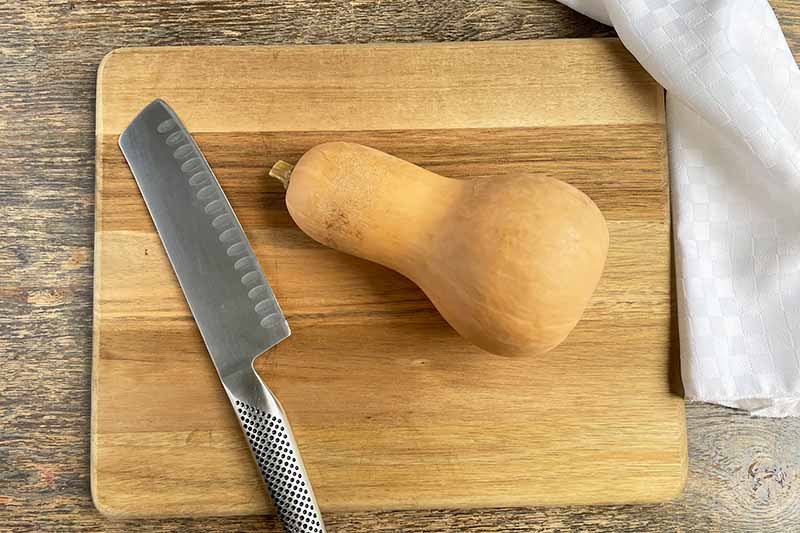
Line a baking sheet with aluminum foil, parchment paper, or a silicone baking mat.
Set out a cutting board, a freshly sharpened large chef’s knife, a small paring knife, a food processor or high-speed blender, a bowl to set aside the seeds, and a spoon – preferably one that is sturdy or that has sharp edges for scraping.
Rinse and dry the squash.
Measure out 1 tablespoon of pure/light olive oil or another neutral-flavored option like vegetable or canola oil. Set aside a small bowl of water.
For this simple preparation, we’re skipping any seasonings so the flavor remains completely neutral and versatile to incorporate into recipes.
Step 2 – Cut
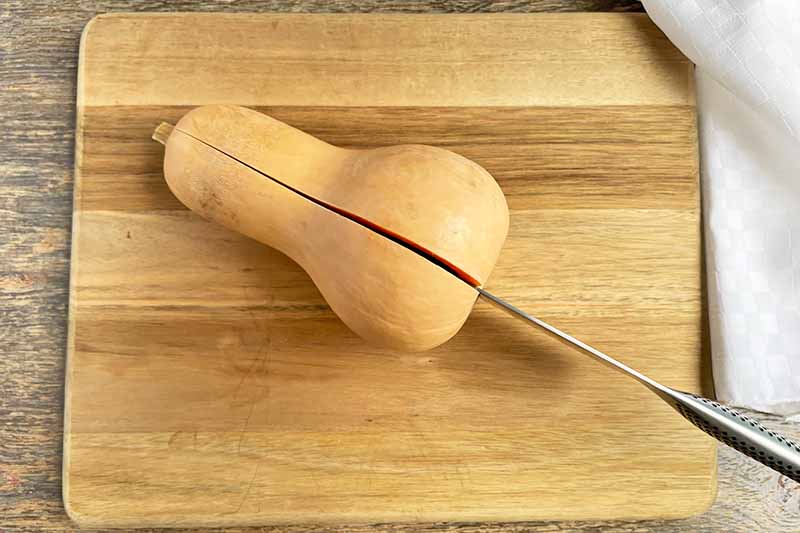
Using your chef’s knife, slice the squash in half lengthwise.
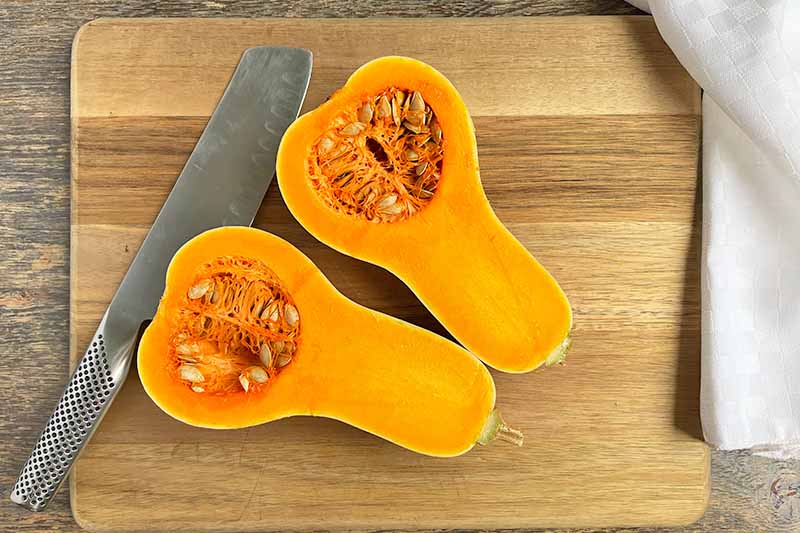
You may need to carefully rock your knife back and forth and use a little force to slice all the way through – especially if it has a thick, woody stem still attached to the base.
Step 3 – Remove the Seeds
Using a spoon, scrape out the seeds and inner membrane or strings from each half, but hold onto those seeds!

When toasted and seasoned, they make a great crunchy snack or topping for salads.
Step 4 – Rub with Oil
Using your fingers or a basting brush, rub the exposed flesh of each half with the oil.
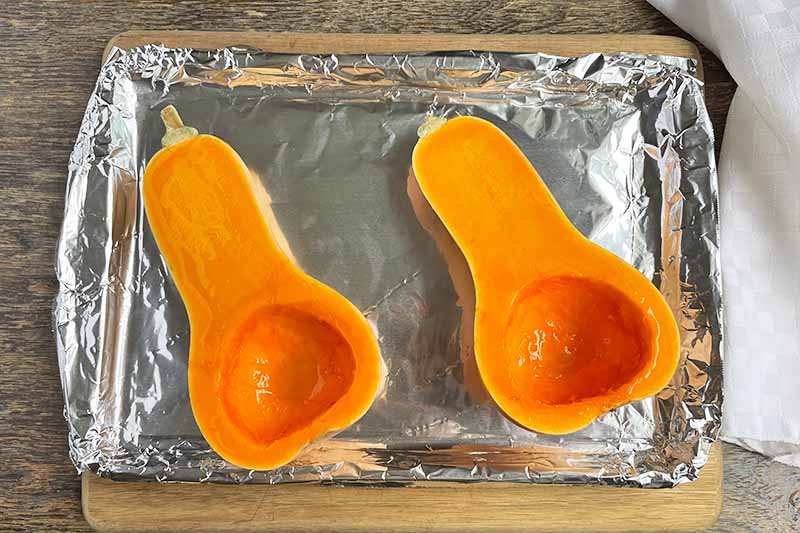
Place the halves cut-side down on the prepared baking sheet. This placement creates steam and will evenly cook the thick flesh.
Step 5 – Roast and Cool
Transfer the baking sheet to the oven. Bake until the paring knife can easily pierce and glide through the flesh. Depending on the size and variety, this may take anywhere between 40 minutes and 1 hour.
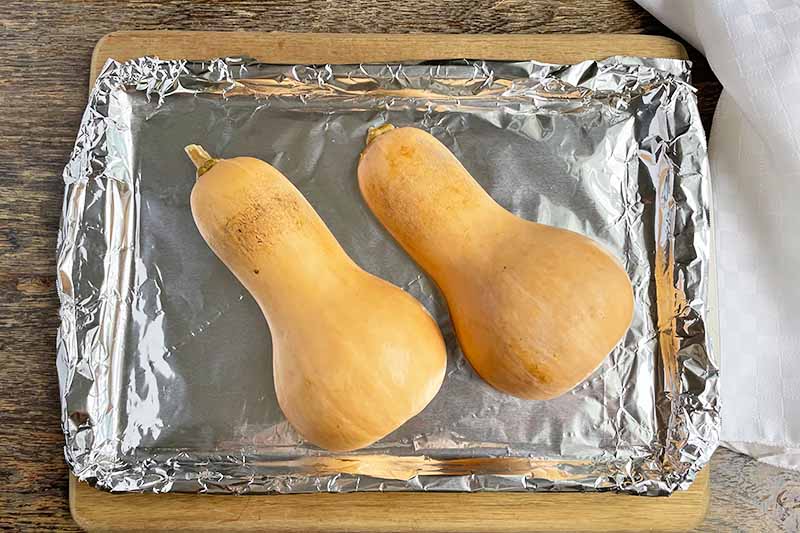
Check for doneness at 40 minutes, and continue cooking in 10-minute increments if it still feels too hard and is difficult to pierce.
To make the smoothest puree, its should be cooked thoroughly – err on the side of softer, rather than firmer, flesh!
Remove the pan from the oven and let the halves cool on the baking sheet until you can handle them. This will take about 15 to 20 minutes.
Step 6 – Remove the Flesh
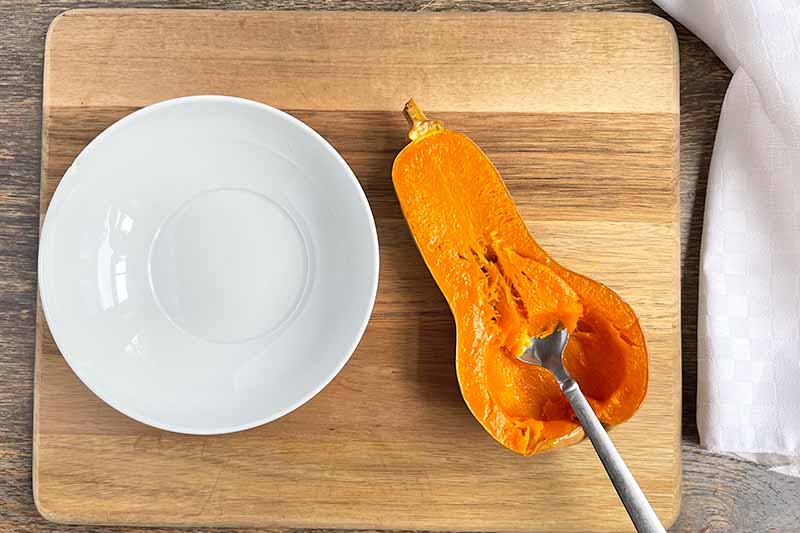
Getting as close to the skin as you can without breaking it to avoid collecting any tough pieces, scoop out the flesh using the spoon.
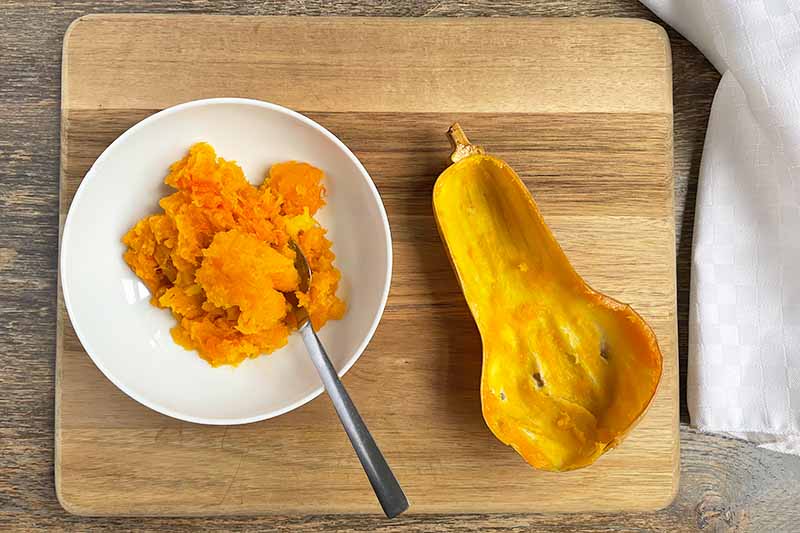
Dispose of the skin.
Step 7 – Puree
Transfer the roasted flesh to the food processor or high-speed blender.
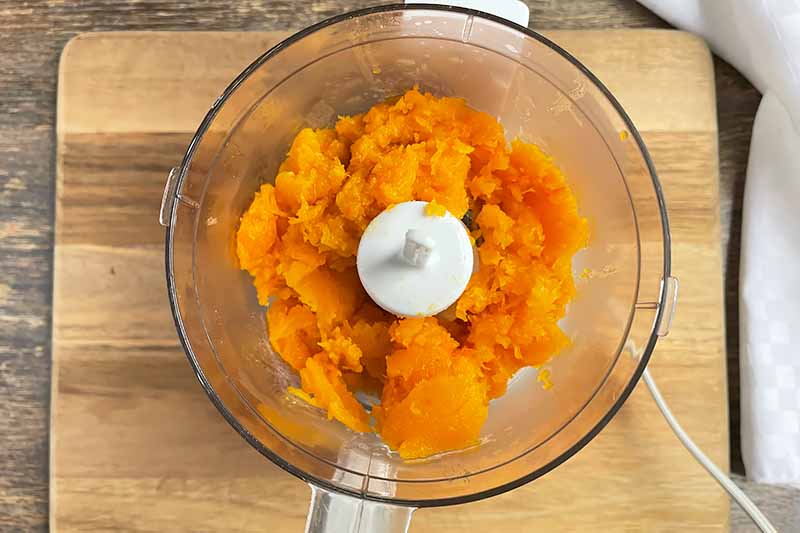
Puree the flesh until the texture is smooth, velvety, and uniform. This will take 1 to 3 minutes.
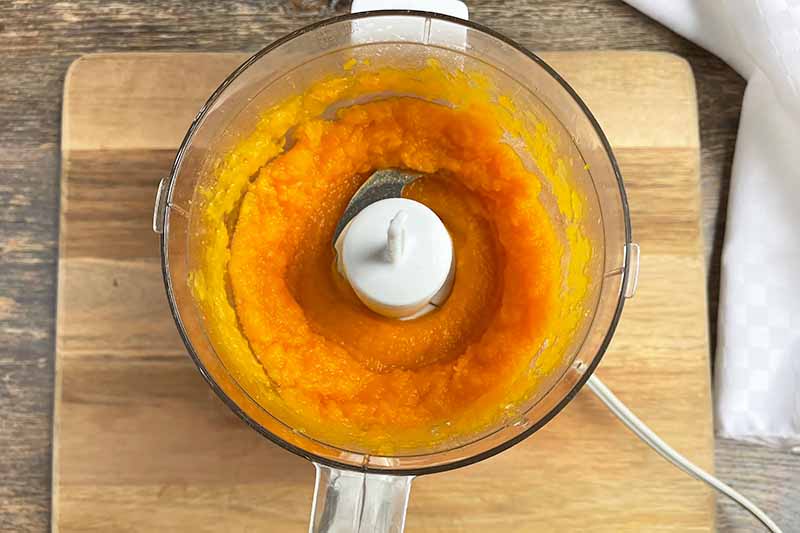
If the mixture appears to be too thick to blend properly, slowly pour in 1 tablespoon of water at a time, continuing to blend after each addition until you achieve the desired consistency.
Step 8 – Use and Store
Use the puree immediately, or store it in an airtight container in the refrigerator for 7 to 10 days, or in the freezer for up to 6 months, until you are ready to use it.

You can also freeze it in individual portions as part of your meal prep. With this smart method, you can thaw just what you need for making a single recipe at a time.
Amplify Caramelization
Roasting squash halves whole is a very easy technique with minimal prep work involved, but there is an alternative method available to create a puree that will increase those roasted, caramelized flavors.
It requires a few additional prep steps, but you’ll love the delectably rich results:
Preheat the oven to 425°F.
Peel the squash and remove the seeds. Chop the flesh into large cubes and toss them with a tablespoon of oil in a large mixing bowl.
Arrange in a single layer on the prepared baking sheet and roast, tossing once halfway through, until tender and browned around the edges. This will take about 30 to 45 minutes.
Chopping the flesh increases the amount of exposed surface area, and the cubes will develop more caramelization that will add extra depth of flavor to the puree, while roasting a bit more quickly as well.
Serving Ideas
Making the puree is only half the fun – now it’s time to serve and enjoy it!

Need a little inspiration? We’re glad you asked…
Simple Side Dish
As a stand-alone puree mixed with a little seasoning, either sweet or savory, you can serve this as a basic side dish alongside a variety of meaty mains like pork or pot roast.
Keep the flavors pure and simple with a sprinkle of freshly cracked salt and pepper and a drizzle of extra virgin olive oil, or mix in a tablespoon of browned butter and a drizzle of maple syrup if you prefer a sweeter profile.
A dash of ground spices such as cinnamon or cayenne pepper, or a tablespoon of chopped fresh herbs like thyme or rosemary, will provide additional flavor.
Casseroles
For heartier applications, a casserole is the way to go!
Use the homemade puree in the sauce to make casseroles like a gooey cheddar mac and cheese topped with pancetta and crispy breadcrumbs, or use it to sub in for the spuds in a classic sweet potato casserole topped with pecans.
Pizzas and Flatbreads
Tired of tomatoes?
For an autumnal spin on your favorite handhelds, swap out the tomato sauce on your pizzas and flatbreads with a luscious spread of creamy puree instead.
Take a look at our squash apple pizza with toasted pecans, blue cheese, and arugula for inspiration!
Soups and Stews
As the ultimate warm-you-up-from-the-inside-out recipe category, soups and stews also serve as a fantastic place to feature this puree.
Our creamy pureed butternut squash soup and creamy pumpkin soup both hold special places in our hearts on chilly nights in the fall.
Desserts and Baked Goods
Pureed squash also has a sweet side! This can be an essential ingredient in homemade pies, custards, and biscuits.
Make our kabocha custard as the final course to a fall feast, or put out a big basket of spelt biscuits that are still warm from the oven at breakfast on Thanksgiving morning.
You can also use a 1:1 ratio of your choice of puree in place of pumpkin puree in any sweet or savory recipe that calls for it if you want to play with the flavor profile, or use what’s available locally at the farmers market.
Interested in growing your own winter squash at home? Visit our sister site, Gardener’s Path, for all the details!.
Puree Possibilities
And to think that this is only the beginning!
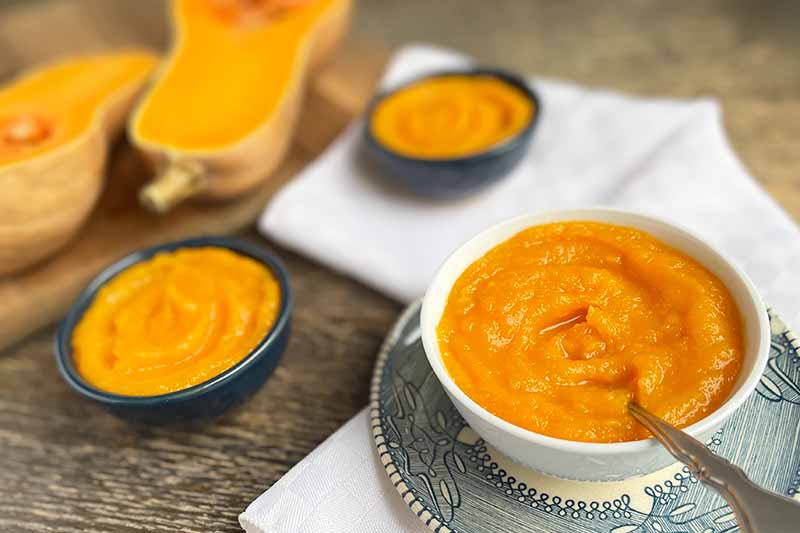
Beyond our suggestions, there are so many fun and delicious ideas out there to inspire you to incorporate this beautifully vibrant puree into breakfast, lunch, dinner, and dessert recipes.
And any winter variety can easily be roasted and pureed! When you find one that you really love, make sure you stock up so you can puree, store, and enjoy it all year long.
How will you use this tasty homemade puree in your baking and cooking? What variety will you try first? If you have any other tasty ideas, send them our way in the comment section below!
When your food processor needs a little break, there are plenty of other ways to use winter squash in the kitchen. Read and take your pick from this selection of butternut squash recipe favorites, or try these sweet and savory options that feature squash now:
Photos by Fanny Slater, © Ask the Experts, LLC. ALL RIGHTS RESERVED. See our TOS for more details. Originally published by Chelsea Miller on October 25, 2014. Last updated on September 24, 2022. With additional writing and editing by Allison Sidhu and Nikki Cervone.
Nutritional information derived from a database of known generic and branded foods and ingredients and was not compiled by a registered dietitian or submitted for lab testing. It should be viewed as an approximation.
About Fanny Slater
Fanny Slater is a home-taught food enthusiast based in Wilmington, North Carolina who won the “Rachael Ray Show” Great American Cookbook Competition in 2014, and published her cookbook “Orange, Lavender & Figs” in 2016. Fanny is a food and beverage writer, recipe developer, and social media influencer. She was a co-host on the Food Network series “Kitchen Sink,” was featured on Cooking Channel’s longtime popular series “The Best Thing I Ever Ate,” and continues to appear regularly on the “Rachael Ray Show.”

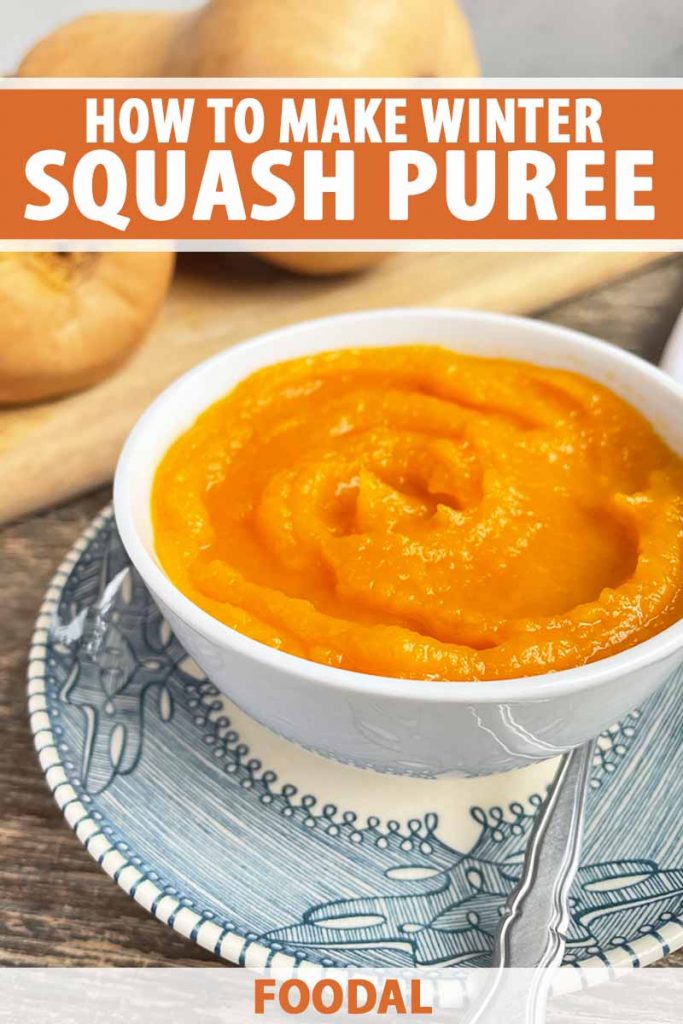


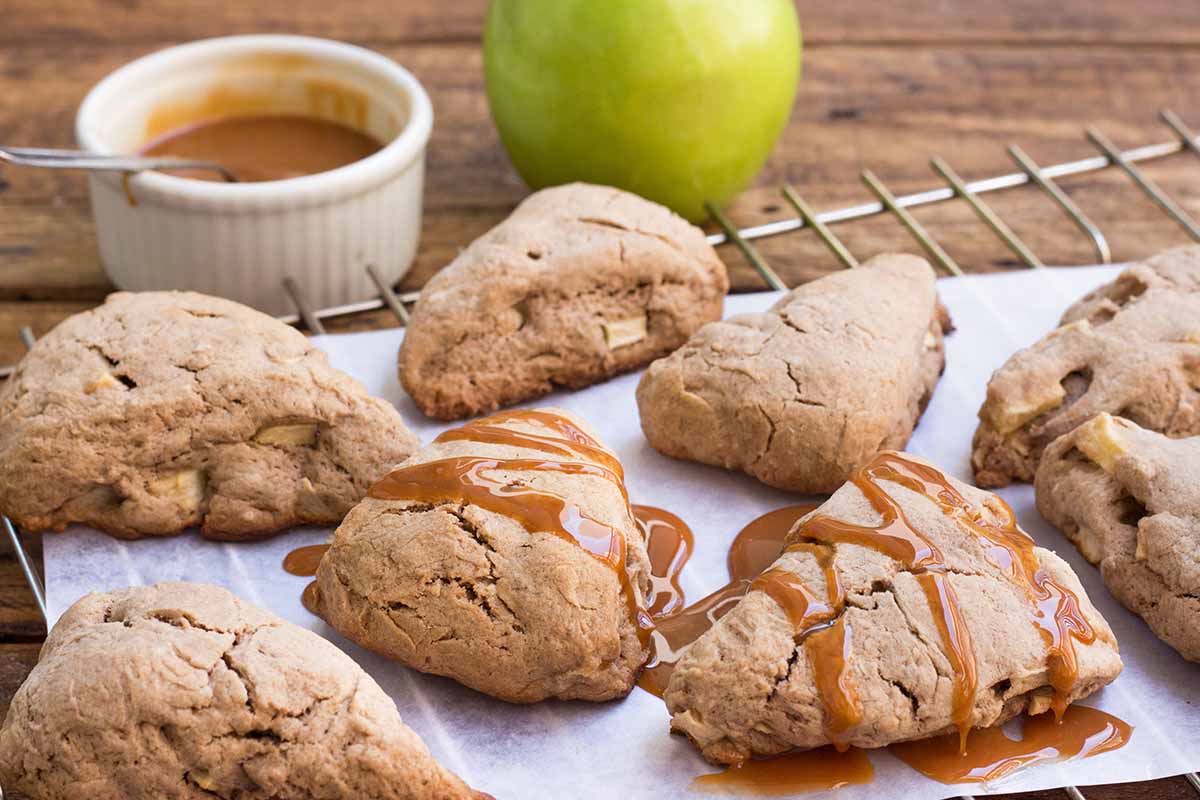
I really enjoy growing and eating squash, under the right conditions squash can grow into MASSIVE proportions! Therefore, multiple squash recipes are very welcome! I will definitely try the pureed soup sometime 😀
Some tips for choosing squash: make sure that there are no browning, or softness in the squash, as that would indicate that they are going bad. The best way to get fresh squash is to grow them yourself!
I don’t get squash that often but when I do it’s usually for roasting or making soup. My favourite is to blend together squash, carrot, sweet potato and coriander into a soup – it really is heavenly 🙂
When added to a pot of chicken soup such as what’s often done in my household, squash is absolutely fantastic and delectable and enriches the final product. I like squash boiled on its own as well and eating it with spinach or dumplings. It tastes so good. I’m also interested in some of the ideas from this article too and I have to say that first picture looks really good.
I absolutely love eating butternut squash and pumpkin soup in the fall. I’ve never pureed it myself but I’m going to give it a try! It would be nice to save a little money that way.
Great post! I love squash dishes. I’m really fond of my mom’s squash soup – pureed squash and pumpkin, spaghetti, dumplings and chicken pieces. One dish I love making and definitely eating is curry squash lentils. I puree both the squash and lentils and put it over rice or in a bowl to be scooped up with chapatis. So yummy!
Wow this is the ultimate seasonal pleasure. There is nothing like like a warm, velvety soup on a cold, autumn day. And now on the market the offer is so varied and at really good prices!
For me it marries perfectly with cumin and coriander in a soup, and when oven baked I always think of my grandma’s recipe with brown sugar and cinnamon on top: Irresistible, specially for children. My 3 little ones just go mad for it. And it’s a low calories and low cost dessert , win-win 🙂
First of all I’d like to say that the photography you’ve used is gorgeous!
I make soups and stews using squash from the moment it’s in season, but as I was looking at your post I realized that I don’t puree it and I’m not sure why? It’s certainly simple enough as your directions describe. The only reason I can come up with is that I’m the only one that likes it and I don’t often go that extra distance for myself… That being said, I do believe you have inspired me to spoil myself a bit!
Thank you so much!
This is exactly what i always say, the presentations and the pictures within this blog are amazing and awesome!…it always make me want to get off my lazy bone and head to the kitchen right away and start implementation of the recipes within…so i second you absolutely in regard to that comment 🙂
What have i been doing?…i have lots of pumpkin in the house and i never let my mind wonder off a bit into creativity…so am pretty thankful to stumble across this article on making squash…plus from the way i see it, its quite easy to make, maybe i’ll scratch my head a bit when thinking of what to accompany it with because making lasagna might be quite a handful 🙂
The photographs on this blog are a veritable feast for the eyes, let me tell you. Just beautiful.
To the best of my recollection, I don’t think I’ve eaten any pureed squash yet. If I have eaten any, it would have had to have been a long time ago for me not to remember.
I like my squash cut in pieces, boiled, and then drizzled with a bit of oil, with a little bit of salt and pepper. Delicious.
Pureed squash sounds like it will taste fantastic.
I can’t remember the last time I ate squash if ever. But this seems like something to try this autumn season. And as I just read it seems very simple to put together. I’m definitely going to try that pureed squash it looks tasty.
Those look absolutely delicious, and they’re healthy too. I love eating squash. I’ve even been told they’re good for your eyes. Now I have whole new recipes to try and enjoy.
I like to eat acorn squash with a pat of butter and a sprinkle of sugar. I heat it up and turn into a warm dessert. I think I could eat an entire course made of squash from the appetizer to the main dish. That’s how much I love it.
Oh, my! Oh, my! I love squash. Squash is normally a main ingredient in a local dish called “Utan Bisaya!” (No direct translation; but generally just Vegetable Soup made of ‘malunggay’ (Moringa oleifera), Okra, String beans, Eggplant, etc.) Every time this dish is served at home I often wish for a dish purely made of squash as I don’t eat the other vegetables!
The suggestions here are like heaven sent!
The biggest thing I miss (other than Halloween) in autumn is squash. I love to dabble in the many different varieties & I love that you mentioned a few. Puree is reminiscent of my grandmother because that’s exactly how she would make it. Just a tad lumpy for texture.
I have to admit, I haven’t had very much squash in my life (aside from pumpkin). This needs to change when they’re back in season. I know I’ve had butternut squash soup and it was delicious, but there were a couple of squash varieties listed that I wasn’t aware of before. Will have to look into those further if possible.
This looks so good and it’s easy. It is such a healthy meal that doesn’t cost that much either. The best part is that a big bowl of this is very filling. You will stay full for a long time after this one. A little pink himalayan salt has the most amount of minerals instead of a regular table salt. Not much of anything in that and pink salt you use less. Maybe some nutritional yeast. I am going to be curious to see how it tastes plain though. When you first slice this up the smell is really strong so it is probably it doesn’t need much.
Squash is a favorite of mine. I would never have thought that Blue Hubbard would be good in sweets, but now I’m curious to try it. I’ve used most of the other types, but although I’ve eaten this particular variety, I have never made one or cooked with it. I love your idea of a Blue Hubbard Custard Pie, and will have to find a recipe for it!
I’ve had tons of squash in my days, but never pureed or in a soup! How well would acorn squash work, I wonder? I don’t know why I’ve waited so long to try this out, it is SO versatile.
In the past, I have only eaten squash breaded and fried, in restaurants. Although I was raised in the country, where it grew in abundance, I just never had much interest in any variety of it, except pumpkin. This year, my son made some squash dishes and convinced me to try it. Now I’m hooked on the many different types! I was thinking about growing some next year, but I didn’t know how to preserve it. This article helped a lot!
Thank you for this article–pumpkin season is the best!
If anyone has a pressure cooker, it makes the cooking of any squash for puree a snap.
My favorite storage option: Using a silicone muffin pan, fill each area with 1/2 cup puree. After freezing, store your pre-made portions in a gallon freezer bag. This makes it SO easy to add to soups, desserts and all of those yummy fall dishes.
I think I am going to have to try that pumpkin soup tonight! Thanks!
We eat a lot of butternut. It makes the most delicious winter soups and stews. I love it with chili powder sprinkled on top. There is no food like squash to accompany your vegetables and meat during the winter months. It is so healthy, tasty and filling. My family love it and they will love your recipe ideas.
I can’t say enough about squash, I love this beautiful fruit (now that I know it’s a fruit and not a veg). I grew up eating pumpkin or buttercup squash as a dessert. My parents baked it then added a little honey and cinnamon or some brown sugar. At times, we put nothing on it and still it was heavenly.
Naturally, when I had children I incorporated squash into their diets as soon as possible. Making soups, muffins or just as a side.
I must try the acorn lasagna for a meatless Monday. Don’t know how my husband will like it (he’s a meat and potato guy), but I am always trying to expand his palette.
I am a farmer and I grow my own food. I grow vegetables, fruits, and food crop. Pumpkin, squash, cauliflower, tomato,potato, cabbage, broccoli are some of the vegetables I grow. I don’t grow all kinds of vegetables through out the year, however, I grow pumpkin and squash for all season. Usually we don’t make soup from pumpkin and squash, we cook it as a curry instead.
I’m not a fan of any fibrous vegetables, but particularly pumpkin and squash – definitely not. I can just about manage a butternut squash soup, but only in small doses and it needs to be heavily spiced.
This stuff is the best! I like getting the squash soup from Panera, and I would love to make it at home. Butternut squash ravioli is delicious (especially with a spoonful of pesto and a sprinkle of chipotle chili powder). The one problem I have is that cooking squash makes me nervous because it seems that you have to take a big knife and chop this big, hard gourd into bits, which seems like a lot of work. Are there any easy squash-cooking secrets that you guys could share?
Thank you for sharing